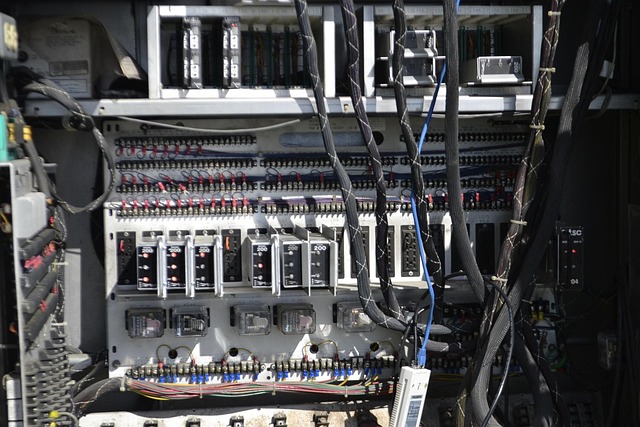Exploring the Future of Portability in VR, AR, and the Metaverse
In the rapidly evolving landscape of hardware technology, portability has become a cornerstone for innovations within Virtual Reality (VR), Augmented Reality (AR), and the expansive Metaverse. As these immersive experiences become more ingrained in our daily lives, the ability to carry and access them seamlessly is reshaping not only the technology itself but how users interact with digital worlds.
The Rise of Portable Virtual Reality
VR has traditionally been associated with bulky headsets tethered to powerful PCs or consoles. However, recent advancements emphasize portability without sacrificing performance. Devices like standalone VR headsets empower users to dive into fully immersive worlds anywhere, breaking free from fixed setups. This shift toward portability in VR hardware opens new horizons for gaming, education, and even professional training, making virtual experiences more accessible and convenient.
Augmented Reality: Portability Meets Everyday Life
Unlike VR’s immersive isolation, AR overlays digital information onto the real world, enhancing our perception without disconnecting us from our environment. Portability here manifests as sleek AR glasses, lightweight headsets, and even smartphones that transform ordinary spaces into interactive experiences. The future of AR hardware hinges on integrating portability with high functionality—devices that are easy to carry, stylish to wear, and powerful enough to deliver seamless augmentations in real time.
Metaverse and the Need for Seamless Portability
The metaverse promises boundless interconnected digital realms where users can socialize, work, and create. To truly unlock its potential, portability must transcend individual devices and adapt to a multi-platform reality. Whether you’re on a VR headset at home, an AR device on the go, or a smartphone during your commute, your metaverse presence needs to be continuous and consistent. The underlying hardware must support this fluidity, perhaps through cloud computing and edge devices, which reduce processing loads and enable portability without compromise.
Challenges and Opportunities
Achieving near-perfect portability in VR, AR, and the metaverse presents challenges. Battery life, device weight, thermal management, and wireless connectivity remain significant hurdles. Yet, each obstacle sparks innovation. Advances in lightweight materials, energy-efficient chips, and 5G/6G networks herald a future where portability isn’t a trade-off but a feature that enhances performance and user freedom.
For enthusiasts and professionals in the hardware space, embracing portability is about more than convenience—it’s about paving the way for the next generation of immersive technology. As these systems become increasingly integrated into our lifestyles, portability will define how, where, and when we experience the digital frontier.




